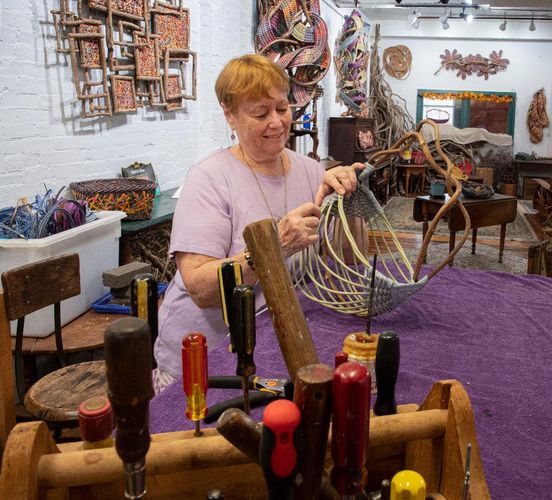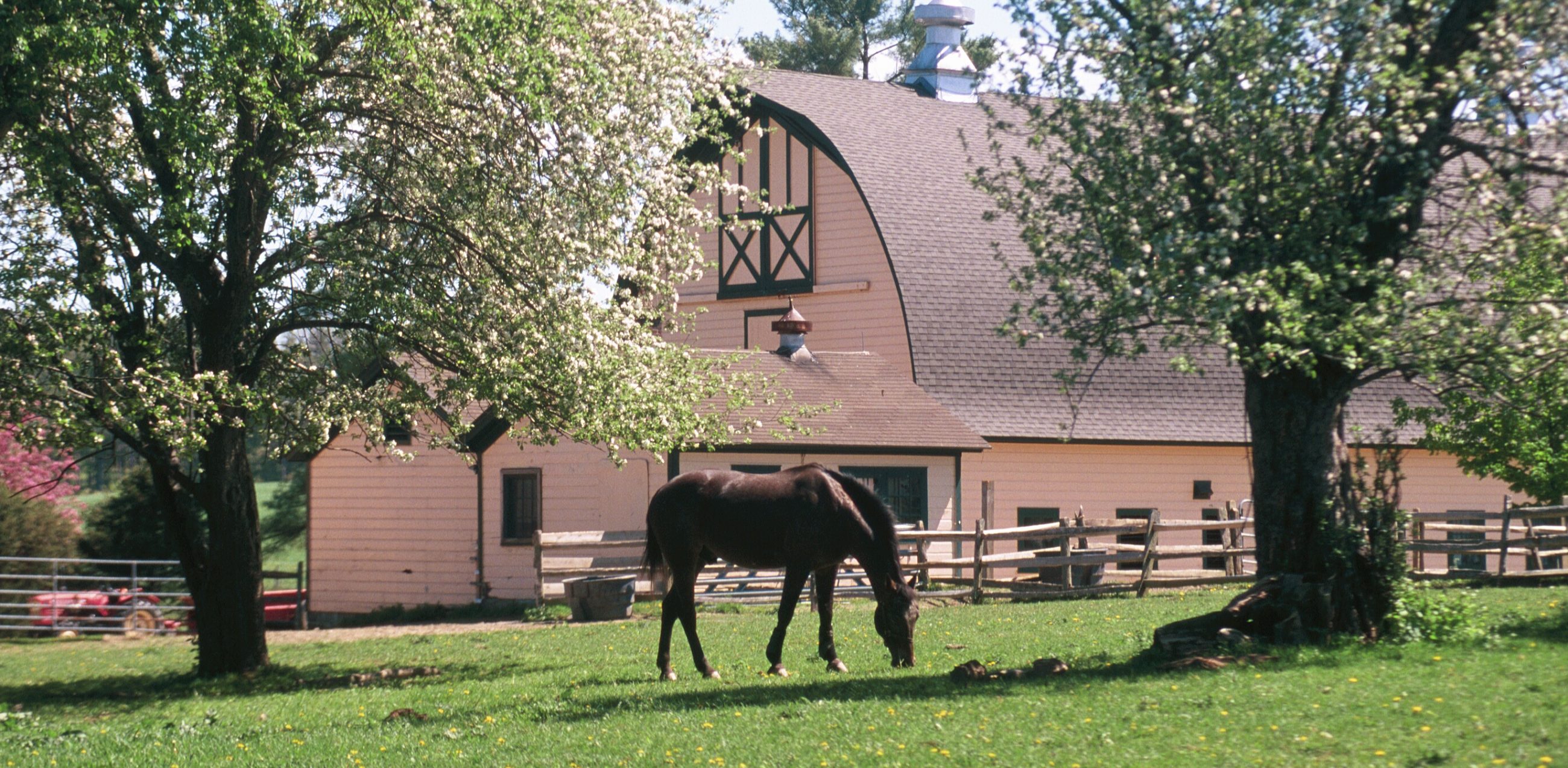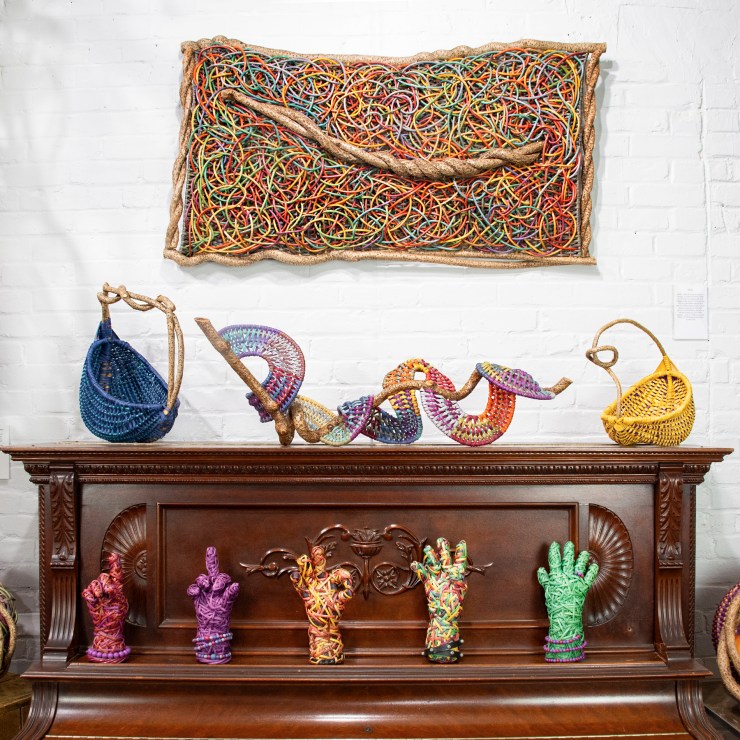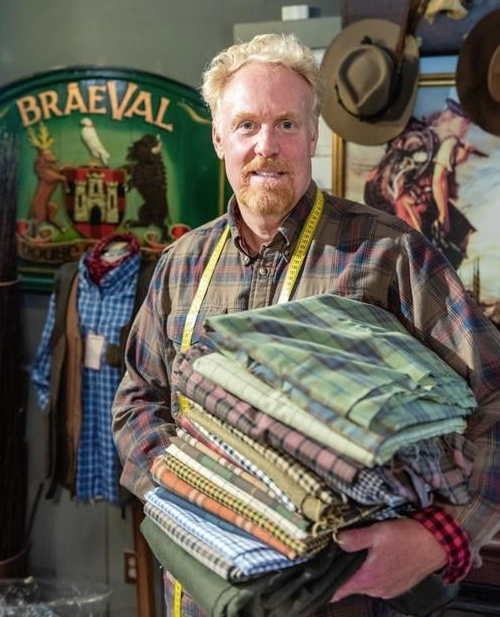On May 11 from 9 a.m. to 5 p.m., the general public will have the opportunity to unleash their inner artist and let their creativity run wild at Whiting Mill’s “Creative Day” where a variety of classes and workshops are offered at no charge. It is the ideal way to step away from the mundane and get your creativity flowing by signing up for up to three classes. Jewelry makers, candle and soap makers, painters, photographers, special effect make–up artists, and a nationally awarded woven arts weaver have joined together to celebrate and nurture the creative spirit that lives in all of us.

The general public is invited to Whiting Mills located at 210 Holabird Rd. in Winsted at 9 a.m. to sign up for two classes of their choice. After completing their two-morning classes that run from one hour to one and a half hours long, they can sign up for one additional class that is not filled up at noon. The artists can offer these classes for free because of grants from a variety of sponsors. All materials are provided and participants will leave with a piece of art that they have created under the guidance of professional artists and craftspeople. In addition to classes, there will be a series of demonstrations throughout the building to show what the creative process entails and to encourage folks to pursue their dreams in the creative arts.

The classes offered by Tina’s Baskets and Woven Art, located in Studio 305, are three of the most coveted of the day because it gives people the chance to work with a nationally and internationally awarded artist. These intensive and fun classes are limited to six people per session and will run about an hour and a half. The lucky folks who sign up for these classes will leave with a small basket that they have handcrafted from Tina’s hand-dyed reeds. The studio itself is a pleasure to explore because it is a treasure trove of hand-woven work that includes baskets, bowls, sculptures, and wall hangings. Each piece is inspired by Tina’s imagination and woven with hand-dyed reeds into beautiful dynamic shapes in delightful color combinations that won’t be found anywhere else. They are an inspiration and may encourage participants to sign up for one of Tina’s extensive group classes that she offers throughout the year for all levels of weaving acumen.

This is the second annual Creative Day at Whiting Mills that is being held to have fun while learning new skills to encourage participants to keep creating!
















